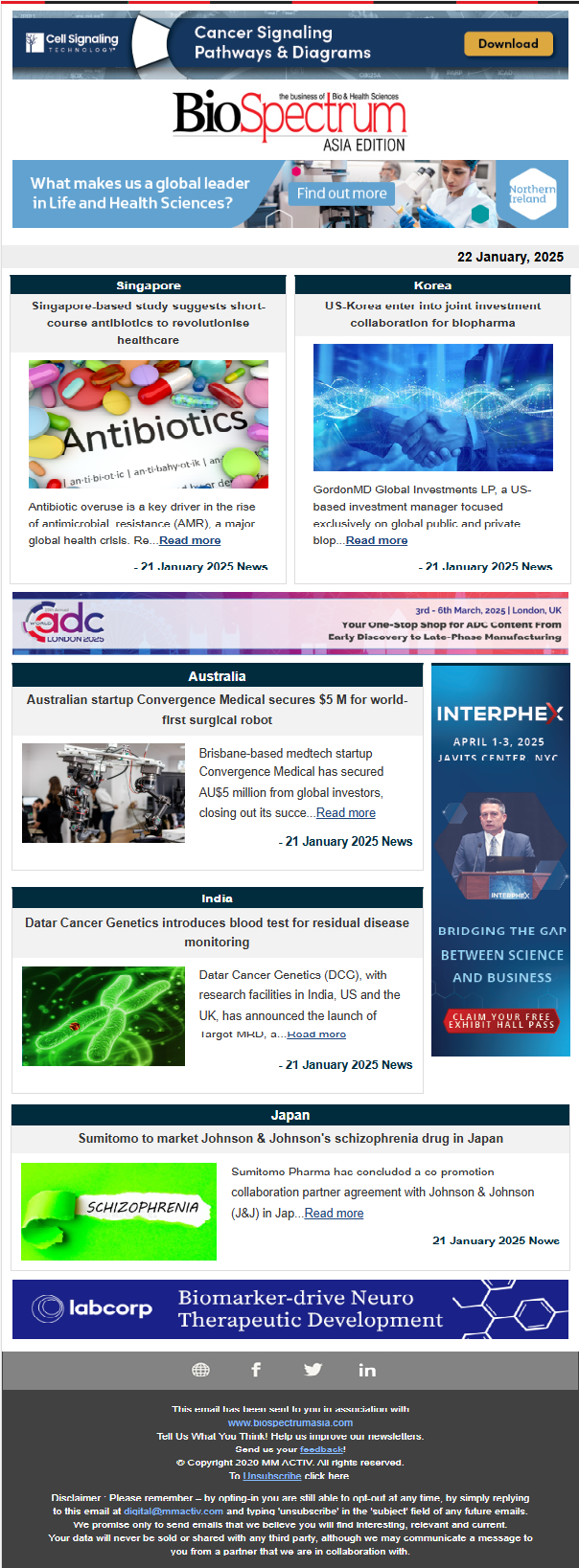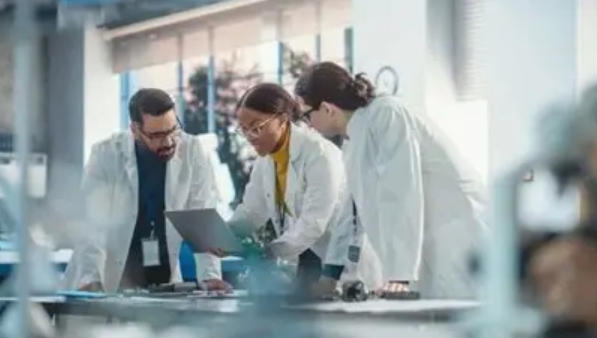
Pharma giant GlaxoSmithKline (GSK) is reportedly shutting its neural pathways discovery performance unit at Biopolis, Singapore in a bid to cut down the operation cost and save dollars, in line with its global revamp strategies. Mr Andrew Witty, CEO informed company's shareholders earlier this year that cost control efficiencies are being implemented through restructuring initiatives.
In 2013, GSK wrapped up the manufacturing facility of its acquired skincare firm, Stiefel Laboratories, based in Singapore citing its under-utilized capacity and axed around 100 associated staff.
Singapore gives various attractive financial incentives to investors and a foreign investor could be offered a tax exemption period of five to 10 years for capital equipment since its establishment. With an investment of $62 million, GSK opened the research facility in Singapore in 2007 for expediting drug discovery for neurodegenerative disorders. The research centre is peddling towards taxable bracket and the company might have thought that it is right time to exit.
2014 was not really a good year for GSK following the allegations the company faced in China. GSK revenue fell from $40.4 billion in 2013 to $35.1billion in 2014 and the operating income fell from $11.2 billion to $8 billion. The company's turnover fell by three percent and growth in US and Europe market remained mostly flat.
It is reported that GSK is also planning to eliminate around 900 people from its US operation and R&D model is being reshuffled. The giant firm slashed the expense on research and development from $5.4 billion in 2013 to $4.9 billion in 2014.
Pharmaceutical companies are remodeling their strategies due to diminishing profits from blockbuster drugs that have gone off patent, and the trend can give cold feet to countries like Singapore that thrive on investments from profit making companies. In a bid to save billions of dollars, GSK is not the only firm wrapping operations from Singapore. Pfizer also opted at squeezing operation and decided to shut down a clinical research facility in Singapore operating from Raffles Hospital and axed around 30 staff. Eli Lilly has also announced to close its R&D centre in Singapore that would cost employment to around 130 of its staff members.
Singapore shifts from R&D to manufacturing
In a report on investment climate in Singapore, medical devices and cosmaceuticals are flagged as "hot" areas of investment. In the last decade, Singapore was inclined on spending in research and drug discovery in biomedical space with expectations of higher return of investment. The country drew attention of all the big pharmaceutical companies and the strategy worked pretty well.
Companies like GSK and Lilly expanded their base from R&D to manufacturing in the island and things were all fine till the blockbuster drugs continued to churn profit in the market. Now that the companies are blown by loss of patent expiry and drug pipeline is shrinking, resizing the operations is a faster way to save dollars. Singapore may be realizing that the risk laden biomedical research cannot be betted as an instrument for faster and assured returns.
Scrutinizing the direction of wind, Singapore has been quick enough to shift its interest from research to medtech development and manufacturing. According to the recent announcement by Economic Development Board of Singapore, biomedical manufacturing output in November 2014 fell 1.1 percent year-on-year, however, the medical technology segment grew by 12.6 percent. The country faced 4.4 percent decline in pharmaceuticals output and output of the biomedical manufacturing cluster increased by 9.7 percent.
Singapore medtech sector targets to achieve $5 billion in manufacturing output by 2015 from $1.5 billion in 2000 to about $4.3 billion in 2011. The manpower base has reached from 4,000 to 9,000 in the same period. The government injected approximately $29 million into developing medical technology and devices to strengthen its hold in the sector.
All is not well at GSK
In 2008, GSK reshuffled its drug discovery model by dismantling the R&D umbrella and segmented it into several smaller independent units, similar to a biotech start-up company, termed as discovery performance units (DPUs). Each of the DPUs has a team of scientists focusing on certain diseases and a discovery investment board was set up to decide on the funding scale of each DPU, depending on the merit of the project. By the end of three years, in 2011, the DPUs were reviewed based on their discovery capacity and some of them were shut down and new ones were created. Industry experts believe that reshuffling of the R&D model made the evaluation process of drug discovery project so complex in GSK that it got deviated from the path of accelerating discovery projects.
Scientists at pharmaceutical companies are under pressure to develop drugs that can churn fast money. There is an increasing gap between the scientists at pharmaceutical companies who are responsible for coming up with new drugs and the management that are in hurry to commercialize the development. The broadening gap and the unmatched equation of higher expectation and low drug discovery ratio might have turned Singapore research unit into a less profit vending operation that is compelling GSK to wind it up.




